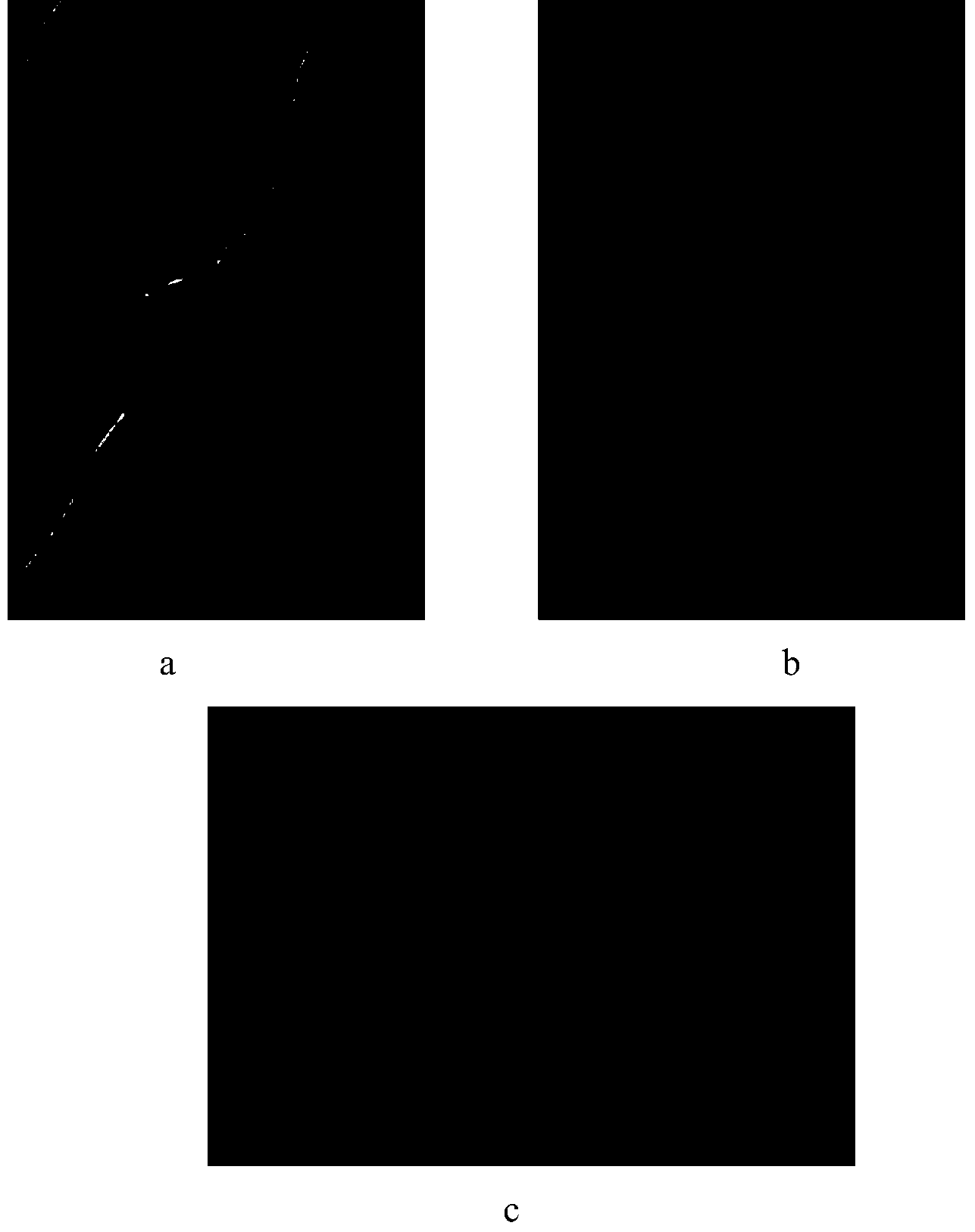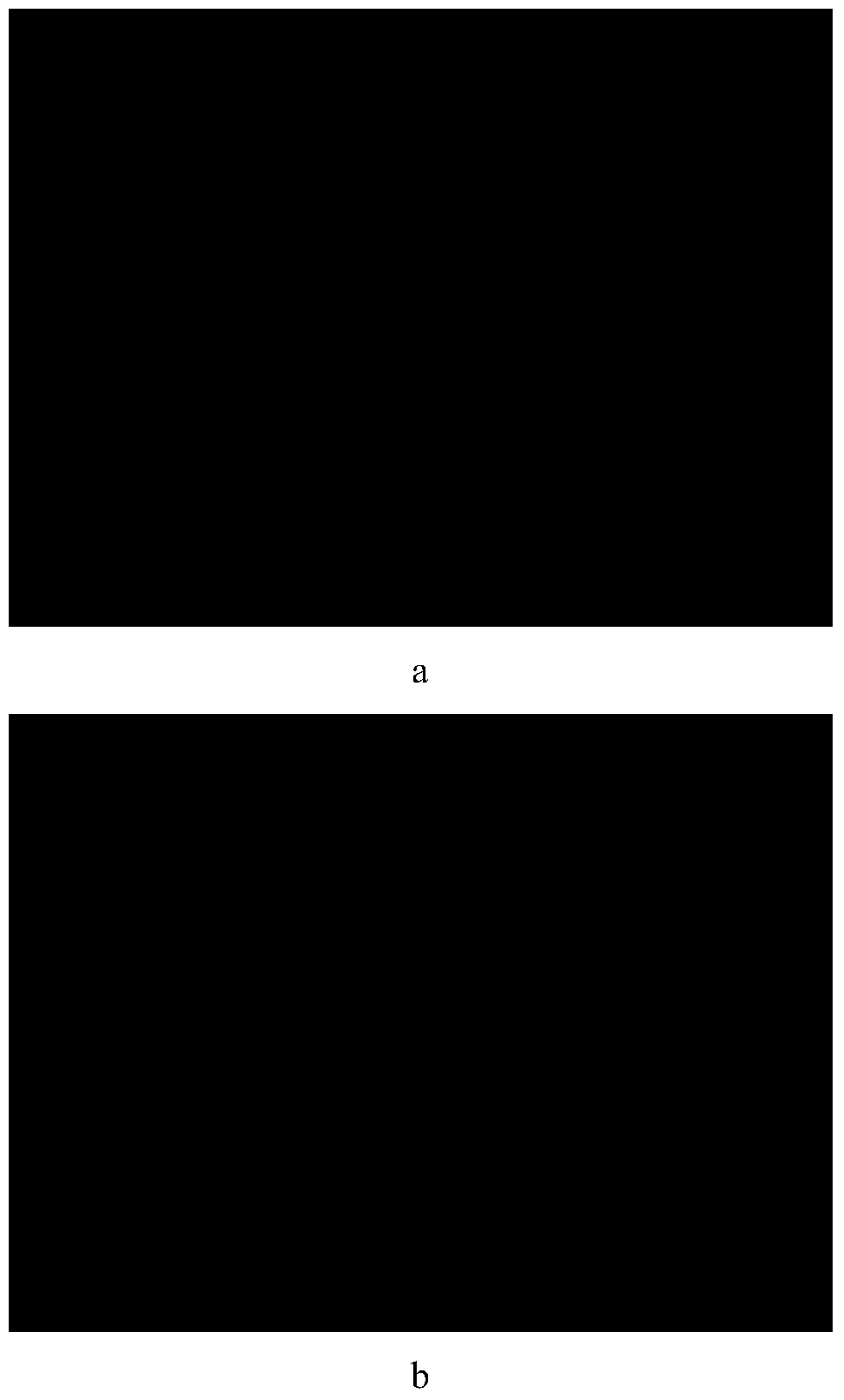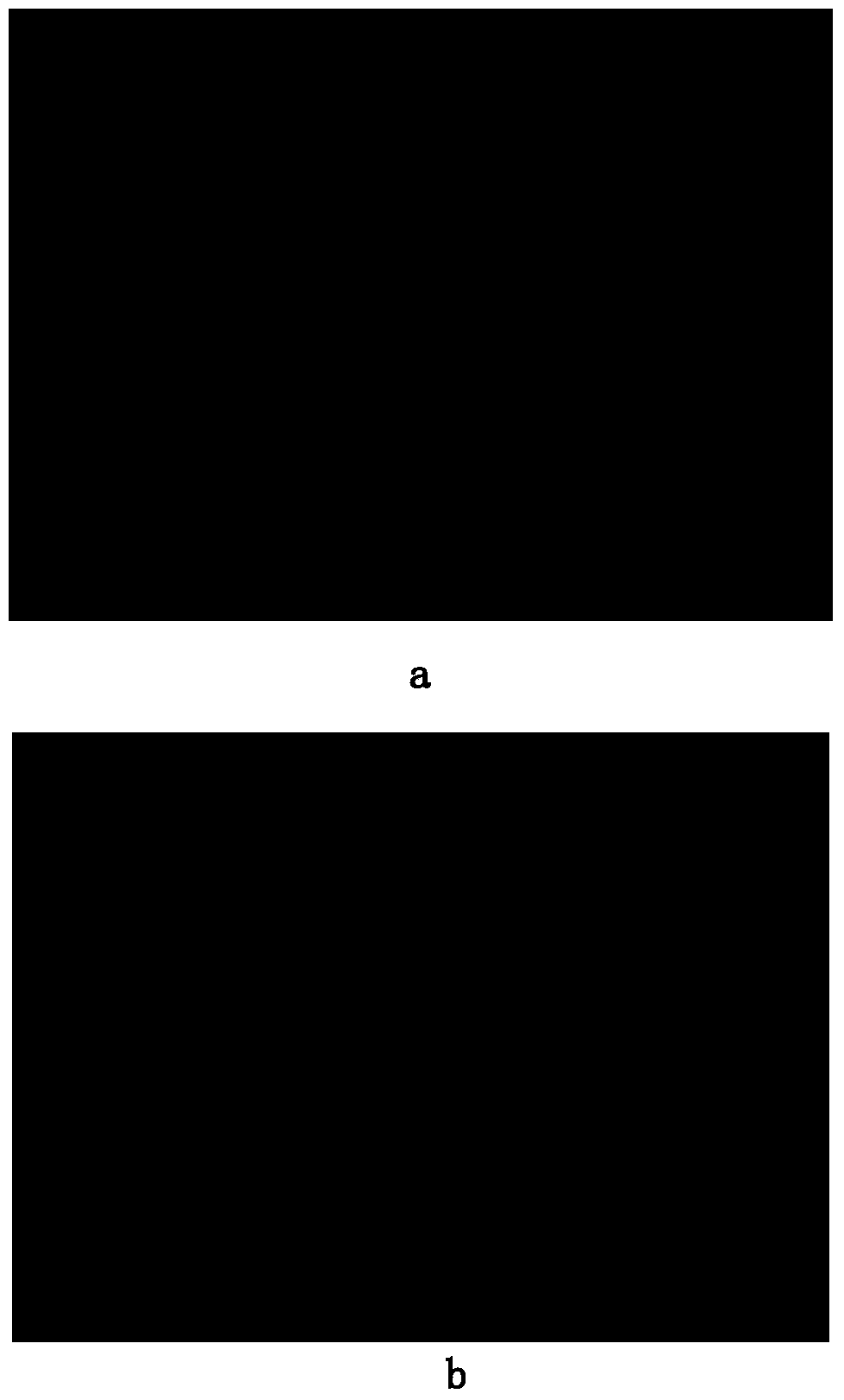Method for detecting form and metabolic activity of filamentous fungi
A technology of metabolic activity and detection method, which is applied in the field of detection of mycelia morphology and metabolic activity, can solve the problems affecting the synthesis of cell metabolites, and achieve the effect of convenient and fast detection, simple operation and few steps
- Summary
- Abstract
- Description
- Claims
- Application Information
AI Technical Summary
Problems solved by technology
Method used
Image
Examples
Embodiment 1
[0029] With Penicillium chrysogenum as the starting strain, follow the steps below:
[0030] As the starting bacteria, follow the steps below:
[0031] A. First prepare the seed solution in a shake flask, then inoculate the seed solution in a 250mL shake flask with 30mL fermentation medium, the medium components are corn steep liquor (50% dry weight) 46.5g / L, lactose 130g / L, calcium carbonate 10g / L, potassium dihydrogen phosphate 4 g / L, ammonium sulfate 4.5 g / L, sodium sulfate 1.5 g / L, corn oil 4 drops, ammonium phenylacetate (10%) 2 drops, at pH 5.8 , under the condition of 25°C, cultivate at a stirring speed of 220r / min;
[0032] B. After culturing for 72 hours, absorb 100 μL of fermentation broth, filter and wash with a 300-mesh sieve, and remove the interference of colored impurities in the fermentation broth;
[0033] C. After filtering, put the hyphae in a small centrifuge tube, add physiological saline to dilute to 1mL, draw 100μL and spread it evenly on the glass sl...
Embodiment 2
[0041] Using a strain of Aspergillus niger preserved in the laboratory as the starting bacterium, follow the steps below:
[0042] A. Put 50 mL of fermentation medium into a 250 mL Erlenmeyer flask, and insert 2 mL of spore suspension (5×107 spores). The medium components are: glucose 100g / L, ammonium sulfate 10g / L, potassium dihydrogen phosphate 1g / L, magnesium sulfate 0.5g / L, calcium carbonate 50g / L. Cultivate at 30°C with a stirring speed of 180r / min;
[0043] B. After culturing for 48 hours, draw 100 μL of fermentation broth, filter and wash with a 300-mesh sieve, and remove the interference of colored impurities in the fermentation broth;
[0044] C. After filtering, place the mycelium in a small centrifuge tube, add physiological saline to dilute to 1 mL, draw 100 μL and evenly spread it on the glass slide;
[0045] D. Add 200 μL of methylene blue staining solution dropwise, and stain for 10 minutes;
[0046] The preparation method of the methylene blue staining solut...
Embodiment 3
[0058] A strain of Rhizopus oryzae preserved in the laboratory is used as the starting bacterium, and the following steps are followed successively:
[0059] A, first carry out the preparation of seed liquid in shake flask, then seed liquid is inoculated in the 3.7L fermentor that 2.5L fermentation medium is housed, fermentation temperature 37 degrees Celsius, stirring speed 200rpm, medium composition is: glucose 150g / L, sulfuric acid 3g / L, potassium dihydrogen phosphate 0.3 g / L, magnesium sulfate heptahydrate 0.75g / L, zinc sulfate 0.2g / L, calcium carbonate 50g / L.
[0060] B. After culturing for 48 hours, draw 100 μL of fermentation broth, filter and wash with a 300-mesh sieve, and remove the interference of colored impurities in the fermentation broth;
[0061] C. After filtering, put the hyphae in a small centrifuge tube, add physiological saline to dilute to 1mL, draw 100μL and spread it evenly on the glass slide ( image 3 a);
[0062] D. Add 200 μL of modified methylen...
PUM
 Login to View More
Login to View More Abstract
Description
Claims
Application Information
 Login to View More
Login to View More - R&D
- Intellectual Property
- Life Sciences
- Materials
- Tech Scout
- Unparalleled Data Quality
- Higher Quality Content
- 60% Fewer Hallucinations
Browse by: Latest US Patents, China's latest patents, Technical Efficacy Thesaurus, Application Domain, Technology Topic, Popular Technical Reports.
© 2025 PatSnap. All rights reserved.Legal|Privacy policy|Modern Slavery Act Transparency Statement|Sitemap|About US| Contact US: help@patsnap.com



